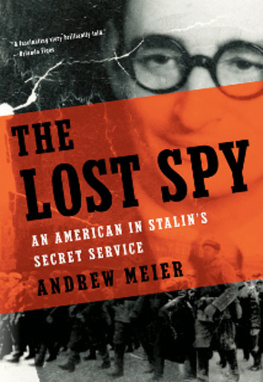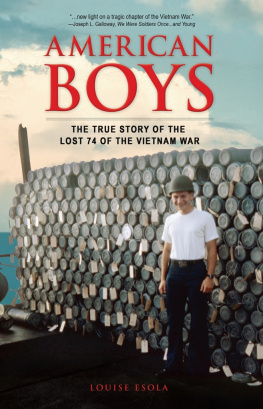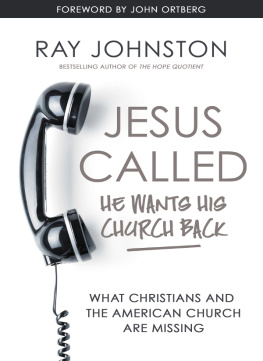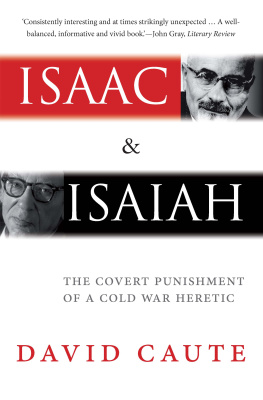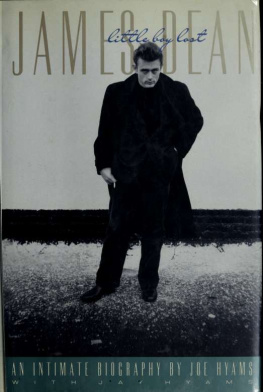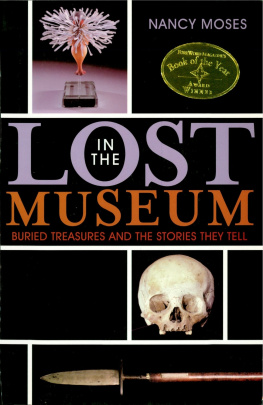THE LOST SPY
AN AMERICAN IN STALINS SECRET SERVICE
ANDREW MEIER
W. W. Norton & company.
New York London
Copyright 2008 by Andrew Meier
All rights reserved
For information about permission to reproduce selections from this book,
write to Permissions, W. W. Norton & Company, Inc.,
500 Fifth Avenue, New York, NY 10110
Library of Congress Cataloging-in-Publication Data
Meier, Andrew.
The lost spy: an American in Stalins secret service / Andrew Meier.1st ed.
p. cm.
Includes bibliographical references.
ISBN: 978-0-393-07015-6
1. Oggins, Isaiah. 2. SpiesSoviet UnionBiography. 3. SpiesUnited StatesBiography.
4. AmericansSoviet UnionBiography. I. Title.
JN6529.I6M45 2008
327.12470092dc22[B]
2008019441
W. W. Norton & Company, Inc.
500 Fifth Avenue, New York, N.Y. 10110
www.wwnorton.com
W. W. Norton & Company Ltd.
Castle House, 75/76 Wells Street, London W1T 3QT
for Oona
CONTENTS
THE LOST SPY
ARREST
HE OPENED THE DOOR, KNOWING WHO STOOD ON THE OTHER SIDE.
They had come, as they always did, at night. Three men in dark blue raised their badgesa blur of Cyrillic letters in red leather. They asked for his name, although they knew the answer in advance. Then they seized his passport, although they, or, more precisely, someone in the depths of their organization, had created it. They gave him a moment to gather his things.
Sixty-one years later, in the winter of 2000, the room remained austere, a drab single with scant adornment. The narrow bed sagged low, and a lone bulb lit the bathroom. A wooden table stood nearby, only big enough for an old metal lamp. The faded green-gray walls were bare save for a mounted radio. In the old days, the tochka had piped the voice of the Leader, day and night, into every room across the empire.
The Moskva Hotel, a hulking cement tower in the heart of the capital, was a centerpiece of Stalins dream. It was intended as a model of the new worldbright, happy, and invinciblethat Stalin promised to build. In 2000, the view from the airless room on its top floor remained as spectacular as it had been in 1939. A pair of tall windows opened onto Red Square. When you turned the rusted latches and leaned out, you saw the worn cobblestones stretching below. From this vantage, the square, the unbridled bazaar of medieval times, seemed almost without end, an endless flow of people streaming over the stones like black water.
The snow was falling that night in 1939 as the three men came through the hotels double doors. It fell in unending swaths, muffling the trams that hurtled by and whitening the ZIS limousines idling in a row beside the hotel. At the Bolshoi, across the way, the new aristocrats were taking in a spectacle. High above Red Square, the klieg lights of the Kremlin, red and white and smoking in the cold, cast halos against the sky. As the square glowed and the air on the street turned sharp, the men inside passed beneath the bald head of stone, the unyielding hero of Great October. They walked on undeterred, stopping only at the bank of new elevators. On that night, the twentieth of February, 1939, they came to claim a man. They came for the American.
HE OPENED THE DOOR AND OFFERED HIS PASSPORT WILLINGLY. AFTER all, he had been waiting years for them to come. The portrait inside, stamped and signed, was his, although the small black-and-white photograph scarcely resembled him. The tortoiseshell spectacles, thick and round, darkened the brown eyes and lent an intellectual air; the silvery streak of gray amid the black curls added a sober confidence; the high-collared shirt was unbuttoned and the cravat loosely tied around the thin neck.
The passport, however, was false. It was a Czech one cobbled togethera boot, as such things were known in the tradesolely for this trip, the last of his journeys, as things turned out, after more than a decade of traversing the globe. The name inside was an alias, too. But the secret policemen had long known this Czech mask, as they had the others. They had kept careful records, cataloging it with all his other inventions.
The American stood silently as they asked his true identity. Even now, on the cusp of middle age, he possessed the air of a young intellectual, a bon vivant at home in any caf or university across the continent. He spoke fluent German and French and several other languages, not all of them well. Russian, however, he could scarcely make out. When the most senior of the three read aloud the warrant in his hands, the American could only nod.
Yes, he said, repeating the surname scrawled in dark cursive on the long white paper: the name written there was Oggins.
CHAPTER 1
THE AMERICAN PROFESSOR
T HIS IS AN IMPROBABLE BUT TRUE TALE. IT IS ALSO AN ATTEMPT TO resurrect a mans life, one lived on the frontiers of the twentieth centurys longest war.
Isaiah Oggins was one of the first Americans to spy for the Soviet Union. For more than a decade, beginning in 1928, he served in Joseph Stalins espionage networks in Europe, Asia, and America. At each station along his odyssey, Oggins gained greater responsibility in the underground and greater respect in Moscow. At the time of his arrest in the Soviet capital during the endless winter of 1939, few Americansif anyhad served longer or climbed higher in Stalins spy world.
This is also the story of a man who did everything possible to cover his tracks. Devout and methodical, even when the chaos of the times rose high above his head, Oggins traded identities and addresses with ease. No diaries or last-minute confession survived himjust one notebook, a handful of telegrams and handwritten notes, and a single letter.
For half a century, Ogginss life remained a mystery without an investigator. In exploring it, I discovered a man of astonishing faith and innocence, and a story of desire and dedication nearly impossible to imagine today. As I searched across three continents, the discoveries began to accrete. In time, curiosity bred a quest. After six years, the research filled a dozen large boxes; interviews, State Department dispatches and memos, declassified files from the KGB and the FBI, survivors memoirs, and even postage stamps revealed a remarkable journey.
Both an Everyman and a singular exception, Oggins was born into the proverbial American Dream. He attained success early in life, only to abandon it. Oggins sought to climb higher, daring to believe that he could remake the world. He envisioned a utopia on earth, a realm of harmony and justice, not a world ruled, as he and his comrades saw it, by the lust for profit and violence. He imagined himself an American Robin Hood among the Bolsheviks, and he risked all for the good fight. In doing so, however, he crossed a line, and in the end fell prey to his own blind faith.
Isaiah Oggins belonged to the generation of intellectuals betrayed by the God that failed. He forsook everything, only to find himself forsaken. In the light of history, some may forgive him. Others may not. Now, at least, his story, obscured for so long both by his own design and by the political forces that long outlived him, is no longer hidden.
I WAS STILL LIVING IN MOSCOW, WORKING AS A REPORTER, WHEN I began my search: I was looking for anyone with the surname Oggins.
Robin Oggins I found by pure luck. A half-dozen Web pages formed a rough rsum: Robin S. Oggins, professor of history at the State University of New York in Binghamton, author of a pair of pictorial histories (the cathedrals and castles of Europe) and an authority on the royal sport and business of medieval English falconry.

